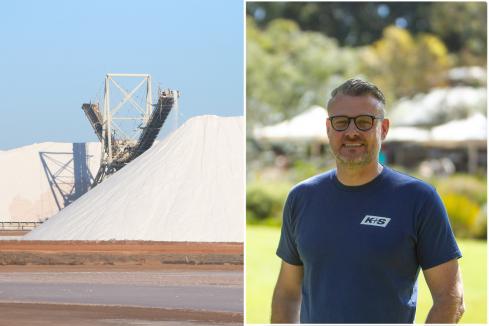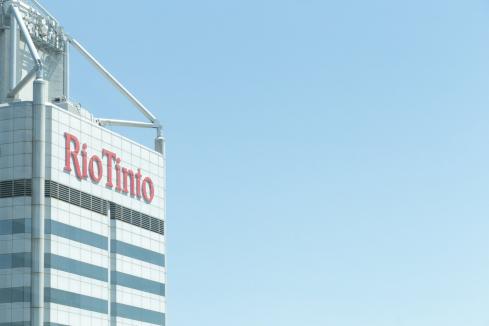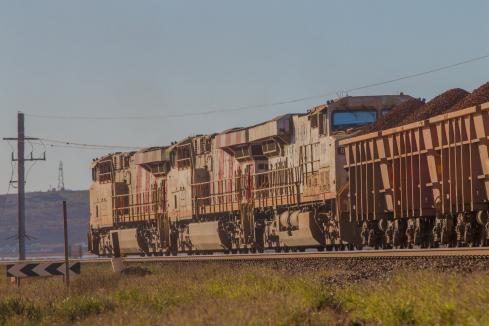

Is the window really closing on new investment in Western Australia’s iron ore industry, or are BHP Billiton and Rio Tinto playing their old game of making life tough for junior miners and anyone else threatening their cosy near-monopoly of the industry?
Whatever the correct answer, and it’s probably bit of both, the curiously coordinated comments from the chief executives of both companies have sent shockwaves through the iron ore sector, and cost some of Perth’s richest people dearly.
Within days of BHP Billiton chief executive, Marius Kloppers, and Rio Tinto chief executive, Tom Albanese, telling an investment conference in the U.S. that Chinese demand for WA’s iron ore would start to slow, and prices would fall, a sharp share-price correction hit all of their smaller rivals.
Fortescue Metals, a thorn in the side of both big miners for the past decade, fell by 11 per cent last week. Atlas Iron and Gindalbie fell by 15 per cent. Iron Ore Holdings fell by 14 per cent, and Grange fell by 10 per cent.
On a personal level, the warning from Kloppers and Albanese that profit margins in iron ore are declining, and might fall sharply, wiped around $500 million off the personal fortune of Fortescue founder, Andrew Forrest.
Even Kerry Stokes, a man better known for his investments in media and industrial equipment, was $10 million worse off at the end of last week thanks to the fall in value of his half share in Iron Ore Holdings, and upwards of another $250 million if you attribute a sharp 12% fall in Seven Group which he controls, and which includes the Westrac Caterpillar business, a major supplier to iron ore miners.
Gina Rinehart’s fortune will also have been pruned by the comments of Kloppers and Albanese, possibly by the same 10 per cent to 15 per cent which hit emerging iron ore producers which, in her case, could amount to between $1 billion and $2 billion, depending on the best guess of her wealth used as a starting point for a fresh estimate.
Whatever the personal costs inflicted there are the wider questions of the damage done to WA’s economy, and the whether the “China declining” warnings should be taken seriously, or simply seen as a smart business tactic to slow the progress of rivals.
In the case of WA the damage will be real, but spread over time. Royalties will continue to grow with tonnage shipped as expansion projects underway deliver extra iron to China.
It could be a different matter for the Australian Government which has hitched its contentious mining super-tax on the profit line of iron ore and coal miners, a decision which looked unwise when floated three years ago, and even less wise today.
Which leaves the issue of what exactly did Kloppers and Albanese say, and why.
The key comments, and the ones which did most to frighten the markets, related to the size of the future market with Kloppers estimating that new demand for iron ore over the next 10-to-12 years will be about 650 million tonnes, and Albanese seeing new demand at about 700 million tonnes.
The big three producers, BHP Billiton, Rio Tinto and Vale of Brazil, have expansion projects underway that comfortably meet that forecast new demand, which means other miners will have to fight hard to win a slice of a market likely to be fully satisfied, and perhaps over-supplied.
“So, while there is an opportunity for BHP Billiton and others, those that invest should do so knowing that supply in due course will meet demand,” Kloppers is reported as saying in what has been interpreted as a warning that iron ore prices are set to fall sharply over the next decade.
What happens as prices contract is the interesting bit because the winners in a falling market are companies with the lowest costs, and that generally means companies with the best orebodies and well established infrastructure such as railways and ports – and in the Pilbara that means BHP Billiton and Rio Tinto.
While both Kloppers and Albanese can claim they were doing investors a favour by warning of a downturn their other audience was the banking world and potential lenders to major new projects.
If banks and investors can be warned off from supporting new projects the big companies can keep their tight grip on Australia’s most profitable mining business, and that was the ultimate aim of last week’s comments from the chief executives of BHP Billiton and Rio Tinto.














